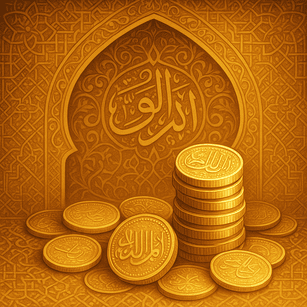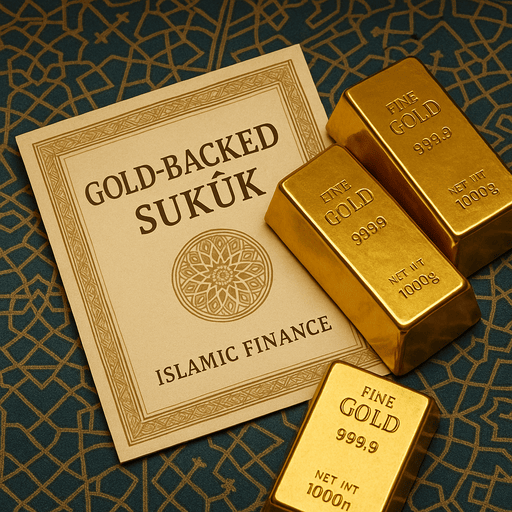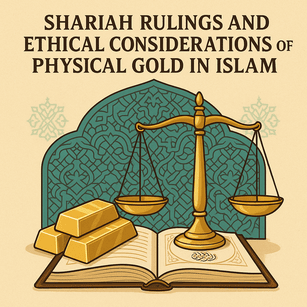Introduction
Gold has long captivated human societies with its luster, rarity, and enduring value. In Islamic civilization, physical gold carried not only economic weight but also deep spiritual and cultural symbolism. From the early days of the Prophet Muḥammad ﷺ through the golden age of Islamic empires, gold played a central role in trade, art, and devotion. This post explores how gold shaped—and was shaped by—Islamic culture, architecture, and intellectual life.
1. Gold in the Early Muslim Community
- Coinage and Commerce
When Islam emerged in 7th-century Arabia, gold coins (dīnār) and silver coins (dirham) were already widespread in Mediterranean and Persian trade networks. The Prophet ﷺ struck the first official Islamic gold dinar in 77 AH (696–697 CE) under Caliph ʿAbd al-Malik ibn Marwān, standardizing currency across the growing Muslim world. This facilitated commerce from al-Andalus (Spain) to al-Khurasān (Central Asia). - Zakat and Redistribution
Gold and silver coins were essential for paying zakāt (obligatory almsgiving). Muslims calculated 2.5 % of their gold holdings above the nisāb (minimum threshold) and distributed it to eligible recipients. This system ensured that the wealth represented by gold continuously circulated to support society’s most vulnerable.
2. Architectural Marvels and Decorative Arts
- Mosque Ornamentation
Many early mosques and madrasas featured gilded domes and minarets. The Great Mosque of Damietta (Egypt) and later Ottoman mosques incorporated gold-leaf calligraphy and geometric patterns, symbolizing divine light and paradise. - Manuscripts and Calligraphy
In Qurʾān manuscripts, illuminators often used gold leaf for surah headings and decorative borders. The shimmer of gold underscored the text’s sacredness and reflected the devotion of its scribes.
3. Social Customs and Attire
- Jewelry and Adornment
Gold jewelry—rings, necklaces, ankle chains—became markers of status and beauty. While Islam permits ornamental use of gold for women, it restricts men from wearing solid gold jewelry (though gold watchcases are generally accepted). These guidelines reflected a balance between personal adornment and humility. - Dowries and Gifts
In many Muslim societies, a bride’s mahr (dower) often included gold coins or jewelry. This served both as a financial safeguard for the wife and as a symbol of the husband’s commitment and capacity to provide.
4. Gold in Islamic Scholarship and Metaphor
- Philosophical and Spiritual Allusions
Scholars like al-Ghazzālī (d. 1111 CE) and Ibn al-ʿArabī (d. 1240 CE) employed gold as a metaphor for divine wisdom: tough to attain, permanently pure, and intrinsically luminous. Spiritual “stones of alchemy” were compared to the soul’s refinement in the path toward God. - Alchemy and Early Chemistry
While alchemy in the Islamic world ultimately did not achieve literal transmutation of base metals into gold, alchemists such as Jābir ibn Ḥayyān (d. c. 806–816 CE) laid the groundwork for experimental chemistry by exploring purification processes—echoes of the spiritual purification gold symbolized.
Conclusion
From coins that united the caliphate’s economy to the gilded domes that still glow at sunset, gold has left an indelible mark on Islamic civilization. Its material value intertwined with spiritual meaning, manifesting in art, architecture, worship, and social life. Understanding gold’s multifaceted role offers a window into how early Muslims navigated wealth, beauty, and devotion—and how those traditions continue to resonate today.





